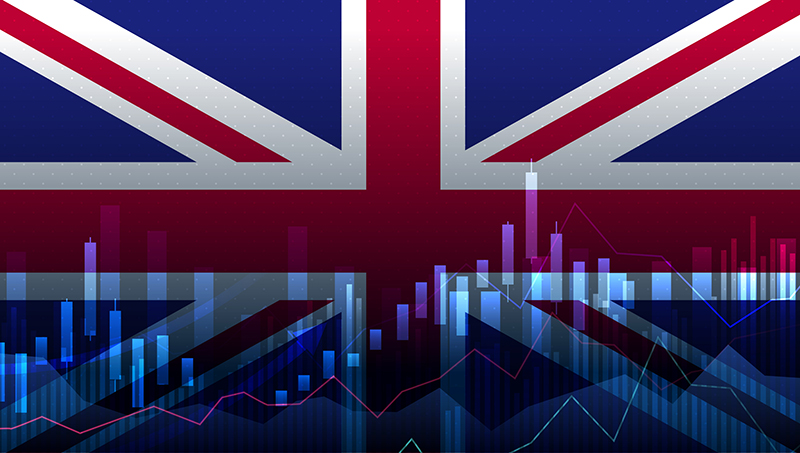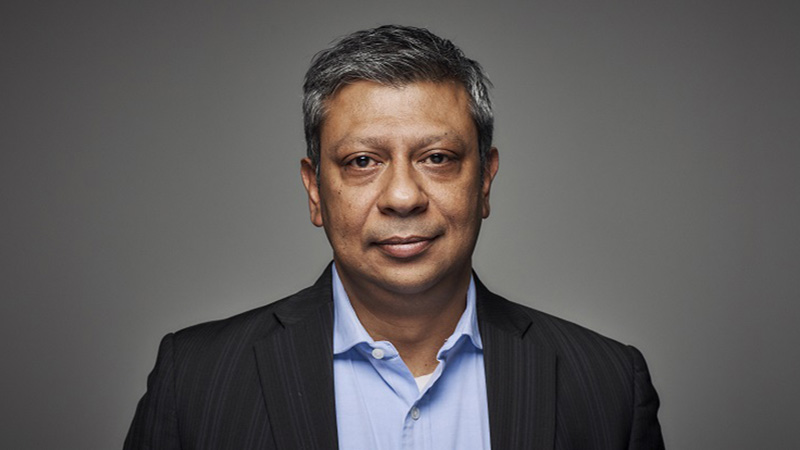As an equity investment last year, it vied with Europe among stock-picking managers and portfolio builders as the region of choice given both were showing strong corporate fundamentals coming out of the economic ruins.
US 1 : 0 Europe
The US ended up winning the day, and at the end of the year the S&P 500 was the best-performing developed index, up 29.1%, compared to the Euro Stoxx 50 which was up 24.7%, and the FTSE All Share which rose by 20.8%, according to FE.
The actively managed equity funds reacted in a similar vein, with the IMA North America sector up by 30.9% in 2013, pipped to the top spot only by three Smaller Companies sectors – the UK (37.2%), its own North American (37.1%) and Japanese (34.98%).
You know there’s a big ‘But…’ coming but bear with me…
The US end-of-2013 economic numbers surprised on the upside with Q3 GDP of 4.1% annualised representing its fastest quarterly growth since 2011. In December, the Fed announced it was going to start tapering QE by $10bn per month and in the following month unemployment figures reached their lowest level (6.6%) since October 2008.
But…
And here it comes…But since the end of last year, there has been little but huge uncertainty about the direction of US stocks in the short term and key economic indicators in the longer term, hence investors are more wary of the US than they have been for the best part of at least a year.
The best-performing developed market index so far this year is still the S&P500, but it has returned just 0.63% since 1 January yet is the only one of the major developed markets to be in positive territory.
The latest report from Rayner Spencer Mills Research describes the sector as “arguably relatively unattractive” compared to other equity markets.
Adrian Lowcock, senior investment manager at Hargreaves Lansdown, takes this argument on a stage, adding: “Now the Fed is removing the stabilisers and markets are having to learn to go it alone without their support. Each new step is cautiously received and for stock markets this is a nervous time.”
Sentiment dispersion
He describes US shares as continuing to look “on the expensive side” and the question he asks is whether its stock market will be able to grow without the Fed support.
The Manager Sentiment Survey that Portfolio Adviser’s sister publication Expert Investor Europe compiles monthly would suggest that fund managers are not overly confident on the stock market in the coming 12 months, with sentiment falling for the past three months, as has the S&P 500.
Lowcock says: “An economy free from artificial support will boost confidence amongst businesses and investors. Competition will grow and companies will invest. This was the main purpose of all the Federal Reserve’s policies over the past five years – to stabilise markets and get the economy back to normal.
Volatility defined as a 'wobble'
"All the indications are the US has been successful in doing this, but expect there to be the occasional wobble on the way.”
For investors, the ‘wobble’ has lasted a while, shown through the performance of actively managed US equity funds with discrete calendar year performances, looking backwards from 2013, of 30.9%, 6.9%, -1.6%, 17.4%, 19%, -18.4%, 4.8%, -1%, 18.7% and 1.2% in 2004, according to FE.
This pattern is set to continue so all the positive words heard and written at the end of 2013 have hit a brick wall early in 2014, as that year-to-date figure of just 0.6% from the S&P 500 would indicate.
Or is this just evidence of another US equity entry point? Let us know what you think in the Comment box below











